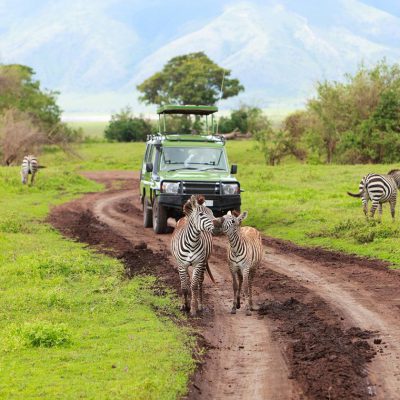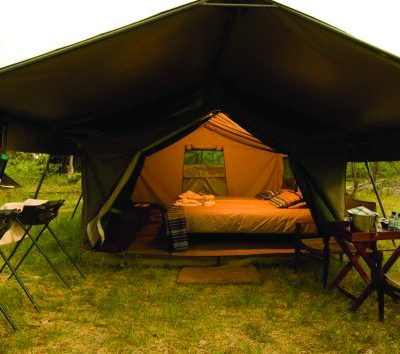The conservation is located between the Serengeti and Lake Manyara.
It’s about 8300sq km. Also it is home to the famous volcanic Ngorongoro Crater which is the largest unbroken caldera in the world. The crater (610 meters deep and 260km squared) is a microcosm of East African scenery and game with endangered species habitation such as Rhino, Cheetah and so on.
The Ngorongoro Crater lies at the centre of the fascinating and unusual Ngorongoro Concervation Area. This area has an extraordinary volcanic landscape that is rich and fertile, with stunning craters and lakes. Whereas its high altitude creates a malaria-free micro climate, it extends through the Crater Highlands, in which local tribes are permitted to maintain their traditional lifestyles in as natural environment as possible.
The Ngorongoro Crater is said to have the most dense concentration of wildlife in Africa. As such, it has achieved world renown, and attracts a growing number of visitors each year. Even if time is limited this natural but accessibly small caldera ensures a rewarding safari.
The Ngorongoro Crater is the world’s largest intact caldera in an exceptional geographical position, forming a spectacular bowl of about 265 sq km with sides up to 600m deep. It is the stalking ground of 20 – 30,000 wild animals at any one time.
The crater floor consists of a number of ecological environments that include grassland, swamps, forests and Lake Makat, a central soda lake filled by the Munge river. All these various habitats attract various wildlife to drink, wallow, graze, hide or climb.
Although animals are free to move in and out of this contained environment, the rich volcanic soil, lush forests and spring source lakes on the crater floor tend to incline both grazers and predators to remain throughout the year.
Wild life
Ngorongoro Crater is also presently one of the most likely areas in Tanzania to see the endangered Black Rhino, as a small population are thriving in this idyllic and protected environment one of the only areas where they continue to breed in the wild.
Olduvai Gorge
Olduvai Gorge is another attraction of its own kind. This is where the Dr Leakey family discovered the remains of early man (homo habilis and Zinjanthropus bosei ) dated back to 1.7million years ago. This significant discovery was made in 1959.
Kigeni shifting sands
Kigeni shifting sands is amongst of interesting at Ngorongoro conservation, shifting sands technically known as”barchan shifting sands are one of the two crescent-shaped dunes of dark-volcanic ash moving across the eastern Serengeti plain and north of Olduvai Gorge, The shifting sands are approximately nine(9)metre high and hundred meters long and move at about 17 meters annually.
Laitole foot print
Laitole foot print, dated at some 3.75million years ago. Now closed for visitors are within the Ngorongoro creater Authority Area (NCAA) and a replica is displayed at the Olduvai Gorge museum, Nasera is surrounded by archaeological evidence of human habitation from Stone Age to the present.The Ngorongoro Crater is amongst of the World Heritage site and World wonder.


